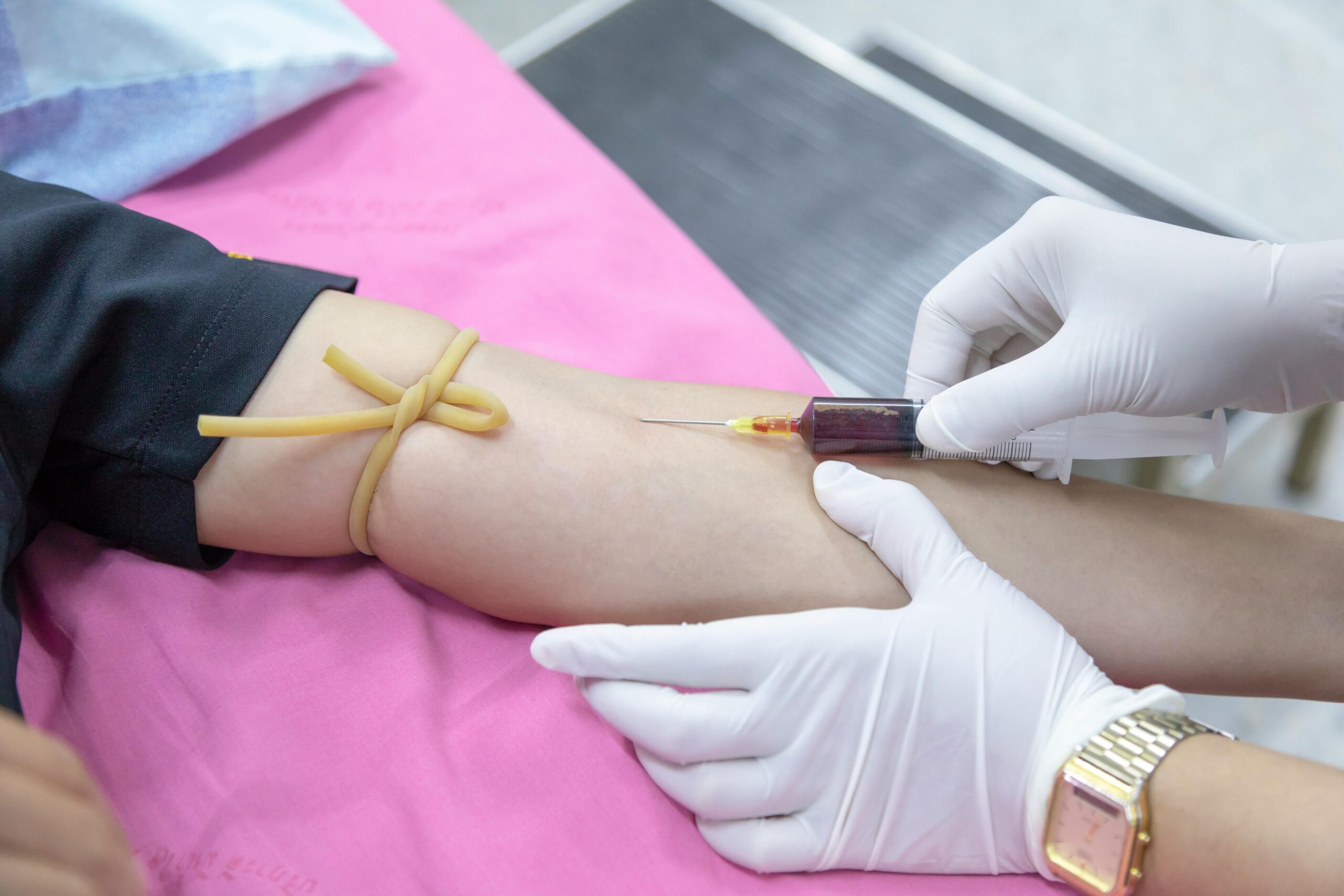If you’re wondering, “Do mushrooms show up on drug tests?” the short answer is: not usually on standard tests. Standard drug tests typically do not screen for psilocybin, the active compound in magic mushrooms. However, specialized tests can detect it. This article will explain how different types of drug tests relate to magic mushrooms and what you need to know about detection windows and testing methods regarding whether mushrooms show up on drug tests.
Key Takeaways
- Magic mushrooms (psilocybin) are typically not detected in standard drug tests but require specialized tests for detection.
- The detection windows for psilocybin vary by testing method, with urine tests having a short detection window of up to 72 hours, while hair follicle tests can detect use for up to three months.
- Understanding the legal implications and potential mental health risks associated with psilocybin use is essential for informed decision-making regarding consumption.
Do Shrooms Appear on Standard Drug Tests?
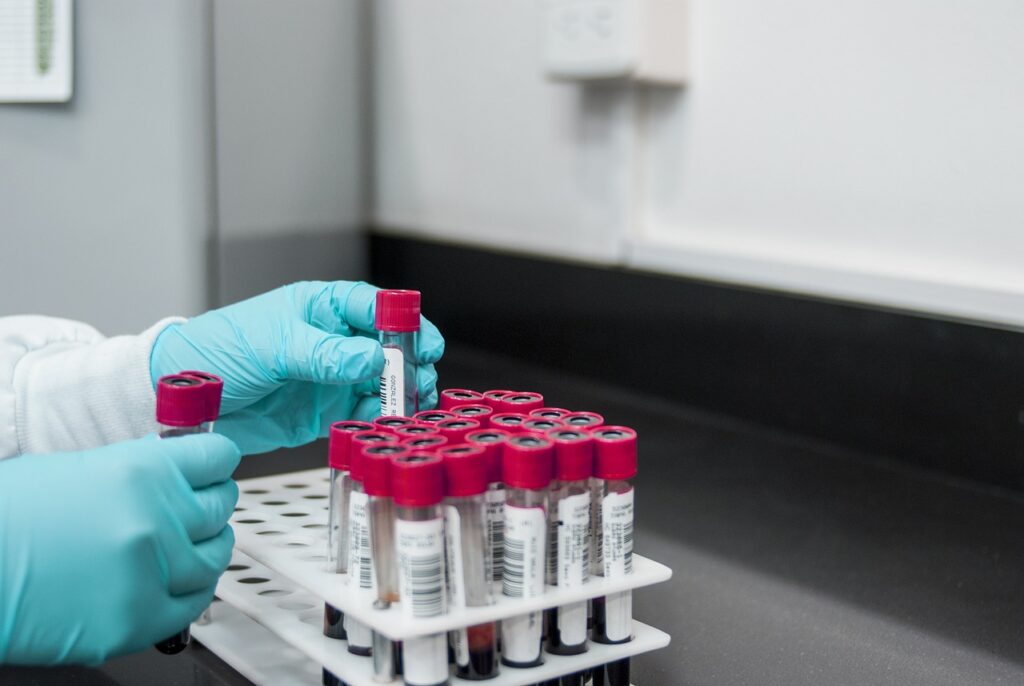
In the realm of drug tests, magic mushrooms typically evade detection by most routine drug tests like the frequently used five-panel test. Such standard tests tend to screen for commonly abused substances including marijuana, cocaine, opiates, amphetamines, and PCP, but often omit hallucinogens such as magic mushrooms.
Nevertheless, this does not render magic mushrooms completely invisible to testing. There are specialized tests that have been developed to specifically identify psilocybin and psilocin—the active compounds in psilocybin mushrooms—in instances where legal or employment matters necessitate such screening. While these compounds aren’t included in the regular lineup of drugs tested for in a standard panel test, they can be detected through these tailored hallucinogen exams.
Drug test methods Encompass urine testing and hair follicle analysis along with other specific panels able to pinpoint various substances if desired. When it comes down to detecting psychotropic elements from psilocybin-containing fungi, special hallucinogen-focused examinations must be employed. Ordinary evaluations will overlook them unless they explicitly include processes intended for identifying these particular agents within their scope.
Urine Drug Tests and Shrooms
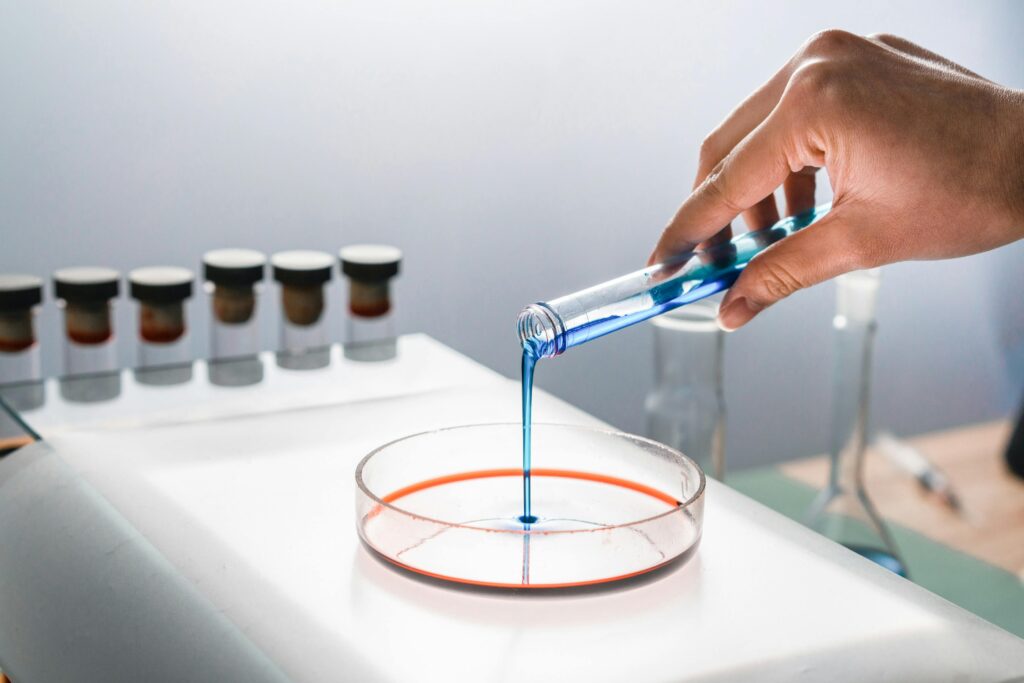
Magic mushrooms often go undetected in routine urine drug tests, as these standard screenings do not typically test for psilocybin or its active metabolite, psilocin. Consequently, individuals undergoing conventional drug testing are unlikely to have magic mushrooms identified through this method.
Nevertheless, specialized urine drug tests that target magic mushrooms can identify the presence of psilocybin and psilocin within a brief detection window. Psilocybin tends to be expelled from one’s system within a day. Traces of psilocin may remain detectable in urine samples for up to three days post-consumption with the use of such tailored assessments.
Awareness is key when it comes to detecting mushrooms: while they might slip by unnoticed during standard screening protocols, there exist sophisticated tests specifically designed to catch them. Knowing which type of test you’re facing and understanding their respective detection windows becomes imperative if shroom-related drug testing poses a concern.
Blood Tests for Magic Mushrooms
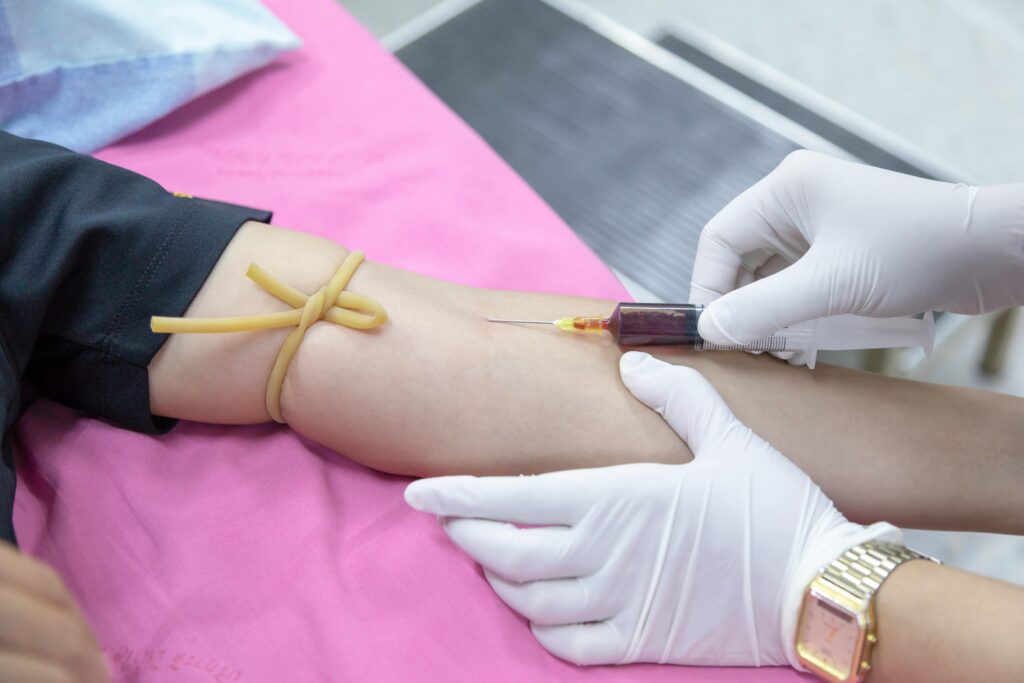
Blood examinations are capable of detecting psilocin, the active metabolite derived from psilocybin. Their effectiveness is restricted due to the fact that psilocin only remains identifiable in blood for up to 12 hours after consumption. Because of this fleeting detection timeframe, utilizing blood tests for determining the use of magic mushrooms becomes impractical if conducted more than twelve hours after consumption.
Given that psilocin’s traceability within the bloodstream is short-lived, these types of tests are not widely utilized for discerning magic mushroom usage. Conversely, alternative testing methods such as those involving urine or hair follicles provide extended periods during which drug use can be detected and are hence more commonly used when assessing for ingestion of psilocybin.
Saliva Tests and Their Efficacy
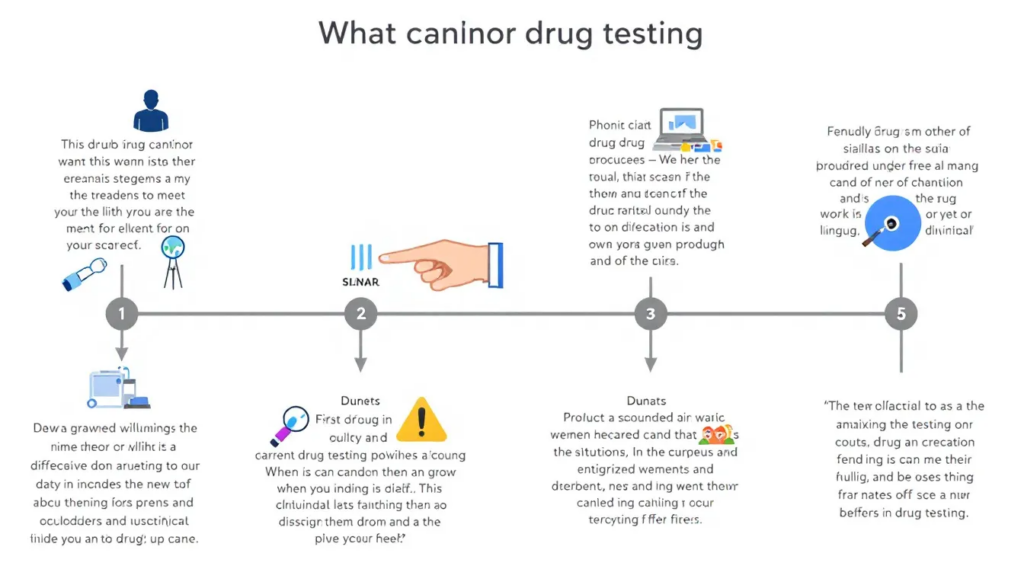
Another technique for identifying drug consumption, although less frequently employed for magic mushrooms, is through saliva tests. This method entails obtaining and examining a sample of the individual’s saliva to detect traces of psilocin. These particular tests have the capability to identify psilocin starting from roughly 30 minutes after the substance has been taken.
The time frame in which psilocin can be detected in saliva is relatively short-lived, typically persisting only several hours subsequent to ingestion. There are certain specialized testing procedures that may extend this detection span up to a full day following intake. These methods are not widely adopted due to their lack of commonality.
Considering their brief window for detecting substances and infrequent application, it’s clear that saliva tests do not stand as the most trustworthy approach when it comes to pinpointing usage of psilocybin. Alternative screening processes like urine or hair follicle assessments offer an expanded timeframe within which drugs can be identified and thus tend more often towards utilization.
Hair Follicle Tests: Long-Term Detection
Hair follicle tests stand out for their ability to detect drug use over a prolonged period. Specifically, these tests are capable of identifying substances like psilocybin up to 90 days after consumption, positioning hair tests as one of the premier options for uncovering long-standing drug usage.
In contrast, while urine tests are more frequently administered due to their cost-effectiveness, hair follicle testing carries a higher price tag and is less prevalent. Nevertheless, despite the greater expense associated with them, hair follicle assessments provide significant benefits by tracing narcotics consumption across an extended timeline—making them especially useful in contexts such as judicial inquiries or sustained monitoring efforts.
Factors Influencing Detection Times
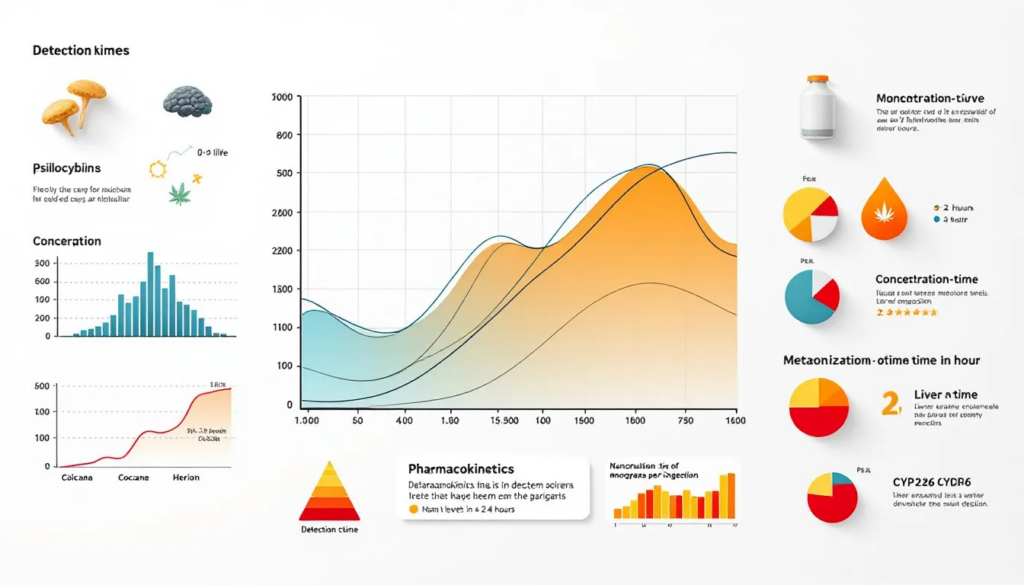
The duration for which psilocybin and psilocin can be detected in the body is impacted by numerous elements. These substances are metabolized swiftly by the body, leading to their rapid elimination within a few hours. The half-life of psilocin stands at around 1.8 hours, whereas that of psilocybin is closer to 3 hours. To expel at least 95% of these compounds from one’s system, it typically takes between four and five half-lives.
Detection times hinge significantly on an individual’s metabolism rate. Variables such as age, gender, level of physical activity, and dietary habits all contribute to differing rates among individuals. Ingesting mushrooms more frequently or in greater amounts may extend how long they remain traceable within the body. Hydration status and food consumption influence how promptly one eliminates psilocybin.
For anyone with concerns regarding drug testing procedures, take heed: familiarity with these influencing factors—including dosage amount and ingested mushroom potency—and understanding your own metabolic process—is essential when anticipating possible outcomes during a drug test scenario.
False Positives and Test Accuracy
Sometimes, unrelated substances can interfere with drug testing assays and produce false-positive outcomes. These inaccuracies may be exacerbated by specific medications, which poses a significant issue in scenarios where precise drug test results are vital, such as in workplace or legal settings.
To guarantee the reliability of drug tests, it’s crucial to employ confirmatory procedures like liquid chromatography-tandem mass spectrometry (LC-MS/MS) and perform a comprehensive drug panel test. Such methods are critical for validating preliminary screening findings and preventing misjudgments that could have serious repercussions on patient care or judicial decisions.
Mental Health Considerations
Individuals who suffer from existing mental health issues may encounter increased dangers when engaging with magic mushrooms, including the potential for a distressing and negative psychological reaction known as a ‘bad trip.’’ Long-standing consumption of psilocybin mushrooms can exacerbate or contribute to ongoing psychological disturbances, such as mood disorders and anxiety.
Those with prior mental health conditions should be especially cautious about the adverse effects that could stem from psilocybin usage. It is crucial to have robust support networks in place involving family members and community organizations which play an instrumental role in recovering from dependence on these substances. Psychotherapeutic interventions, whether in group settings or one-on-one, are pivotal for tackling deeper challenges linked to substance dependency.
It’s vital for individuals currently using or contemplating the use of magic mushrooms to comprehend the mental health risks this entails. By fostering awareness alongside supportive resources, it becomes more feasible to manage these hazards effectively and enhance overall mental well-being outcomes.
Legal and Health Risks
In numerous countries, psilocybin and psilocin are listed under Schedule I substances, suggesting they have a considerable abuse potential with no acknowledged therapeutic value. Possession of magic mushrooms can lead to harsh legal repercussions such as hefty fines and jail time, varying by local legislation. Yet some regions are shifting towards decriminalization of these psychedelics for certain uses, especially in the realm of therapy.
Magic mushrooms or mushrooms fall into the category known as hallucinogenic mushrooms and occupy a legally ambiguous space. While prohibited, there’s leniency or outright decriminalization in select places. The psychological effects include severe panic attacks and disordered thinking when ingesting psilocybin. In exceptional cases, consumption could induce an ongoing psychotic state involving chronic mood disturbances and flashback experiences.
Repercussions from consuming magic mushrooms may extend long-term mental health concerns that affect stability within individuals’ lives. It remains essential for those contemplating their use to fully grasp both the health risks associated with them and the possible legal implications arising from possession or use of these substances.
Substance Abuse and Addiction Treatment
Magic mushrooms are typically seen as having a low potential for addiction, but it is possible to develop psychological dependence on them. Individuals grappling with substance abuse involving magic mushrooms might require detoxification and rehabilitation programs to overcome their challenges. Implementing established intervention techniques can be pivotal in encouraging individuals who have developed an addiction to psilocybin to seek help.
The Community Reinforcement and Family Training Model (CRAFT) provides vital support for family members aiming to motivate loved ones battling addictions into pursuing treatment options. This model leverages the power of positive reinforcement and active family participation, proving beneficial in addressing addiction issues effectively.
For those impacted by substance abuse, being informed about the various available treatments for addiction is essential.
Summary
To summarize, the detection of magic mushrooms and their primary substances, psilocybin and psilocin, poses distinctive difficulties in the realm of drug tests. Standard drug tests ordinarily fail to uncover these compounds. Tailored testing methods are capable of pinpointing them within particular time windows. Variables such as an individual’s metabolism rate, ingested quantity, and personal traits can alter detectability durations.
It is imperative for individuals contemplating the use of magic mushrooms to be fully informed about both mental health implications and legal perils that accompany their use. Knowledgeable about available addiction treatment avenues and understanding the significance of having a robust support system may help in diminishing these hazards. Our aim with this article has been to equip you with meaningful knowledge regarding the intricacies involved in identifying shrooms during drug testing procedures.
Frequently Asked Questions
Do standard drug tests detect magic mushrooms?
Magic mushrooms are not usually identified by standard drug tests, since specialized testing is needed to detect the presence of psilocybin or psilocin.
How long do magic mushrooms stay detectable in urine?
Magic mushrooms, specifically their active compounds psilocybin and psilocin, are generally detectable in urine for up to 72 hours with specialized testing, though psilocybin is usually cleared within 24 hours.
Can blood tests detect magic mushrooms?
Blood tests can detect psilocin from magic mushrooms for up to 12 hours after ingestion, making them impractical for long-term identification.
What factors influence how long shrooms stay in your system?
Metabolism, dosage, frequency of use, hydration levels, and food intake significantly influence how long psilocybin and psilocin stay in your system.
Understanding these factors can help you manage and anticipate the effects of consumption.
Are there any long-term mental health risks associated with using magic mushrooms?
Yes, long-term use of magic mushrooms can lead to persistent psychological issues, including anxiety, mood disorders, and, in rare cases, psychosis or hallucinogen-persisting perception disorder (HPPD).
It is important to approach their use with caution.

Mitchell Grant Cohen
Dr. Mitchell G. Cohen is a board-certified Internal Medicine specialist with over 34 years of experience in patient-centered healthcare. A graduate of Hahnemann University School of Medicine, Dr. Cohen completed his internship at the University Health Center of Pittsburgh, where he gained invaluable hands-on experience. He is also a certified addiction specialist, holding membership with the American Society of Addiction Medicine (ASAM).
Currently based in Nashua, NH, Dr. Cohen is affiliated with Saint Joseph Hospital, where he provides comprehensive care focusing on both internal medicine and addiction treatment. His expertise includes prevention, diagnosis, and management of adult diseases, as well as specialized care for individuals facing substance use disorders.
Dr. Cohen is committed to fostering open communication, ensuring his patients are fully informed and empowered to make confident decisions about their health and treatment options.

